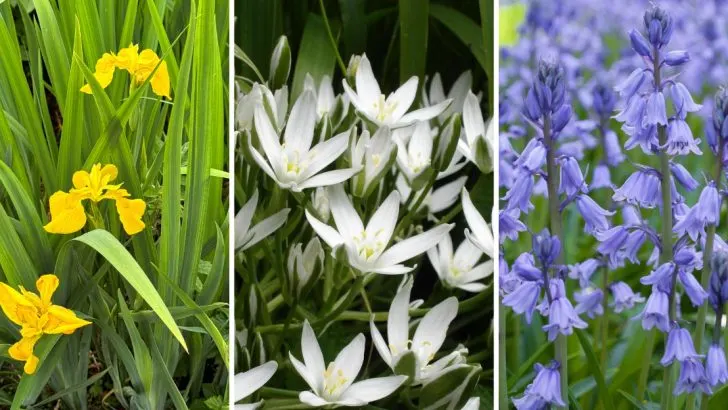Flowering bulbs can bring vibrant color and charm to your garden, but some species can quickly become a gardener’s nightmare.
Invasive bulbs have a tendency to spread aggressively, overtaking your carefully planned beds and disrupting local ecosystems. Choosing the right bulbs is essential for a thriving, low-maintenance garden.
In this guide, we’ll highlight 9 invasive flowering bulbs to avoid planting and recommend better alternatives. These options will help you enjoy stunning blooms without the headache of managing unruly growth.
Lesser Celandine
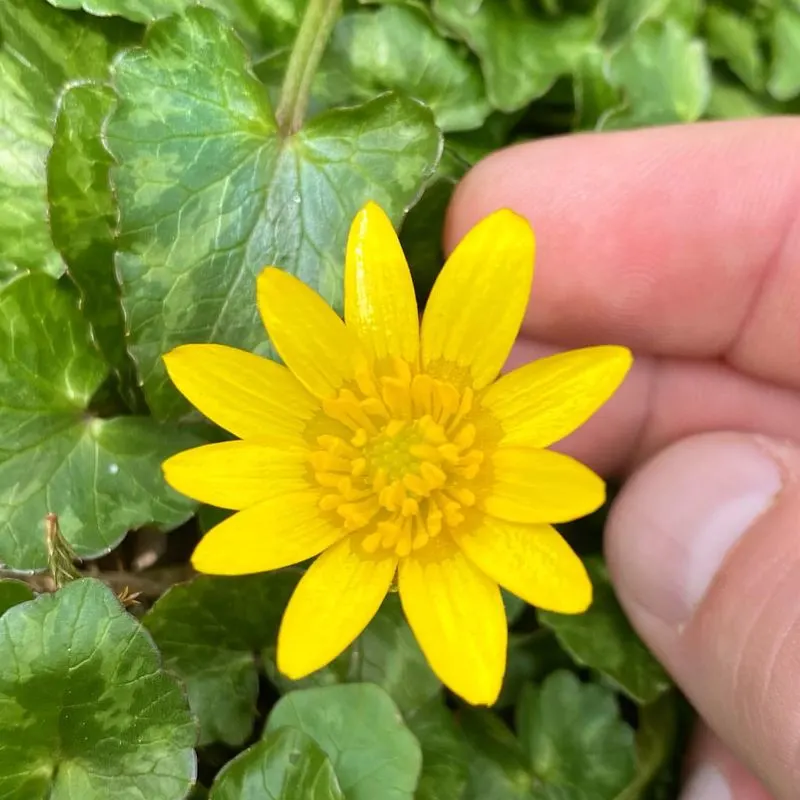
Lesser celandine, with its cheerful yellow blooms, seems innocent at first glance. However, it forms thick mats that smother other spring plants. This aggressive spreader rapidly takes over, often at the expense of native wildflowers.
Opt for bloodroot instead, a gentle native that offers similar early spring blooms without the invasive habit. Bloodroot’s delicate white flowers and unique leaf shape add charm to any garden without overpowering its companions.
Star of Bethlehem

This pretty, star-shaped flower is not as benign as it appears. Star of Bethlehem spreads quickly through its bulb clusters, often overrunning gardens and lawns. Its rampant growth can be challenging to control once established.
As a more considerate alternative, consider planting the woodland phlox. Woodland phlox offers similar visual appeal with its light blue flowers, attracting pollinators and complementing other plants without the risk of invasion.
Yellow Flag Iris
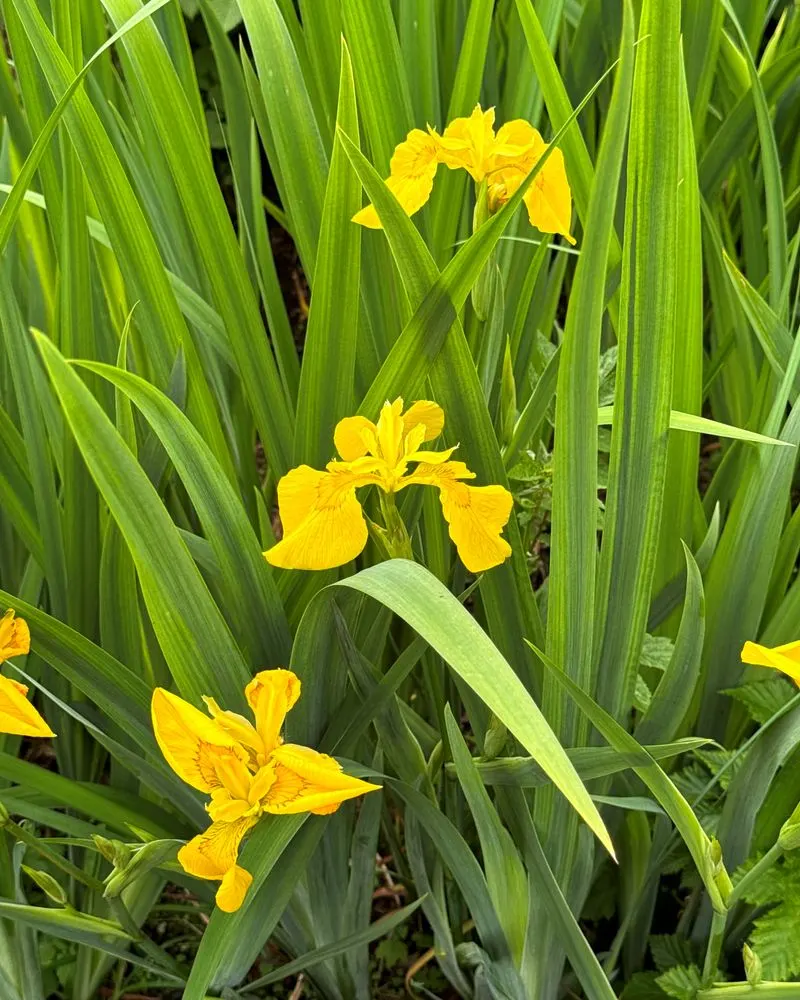
Yellow flag iris thrives in wet conditions, making it a popular choice for ponds and water gardens. Unfortunately, it aggressively invades waterways, displacing native aquatic plants.
Switch to the native blue flag iris for a similar look without the ecological threat. Blue flag iris provides striking blue blooms and supports native wildlife, enhancing pond biodiversity rather than diminishing it.
Spanish Bluebells
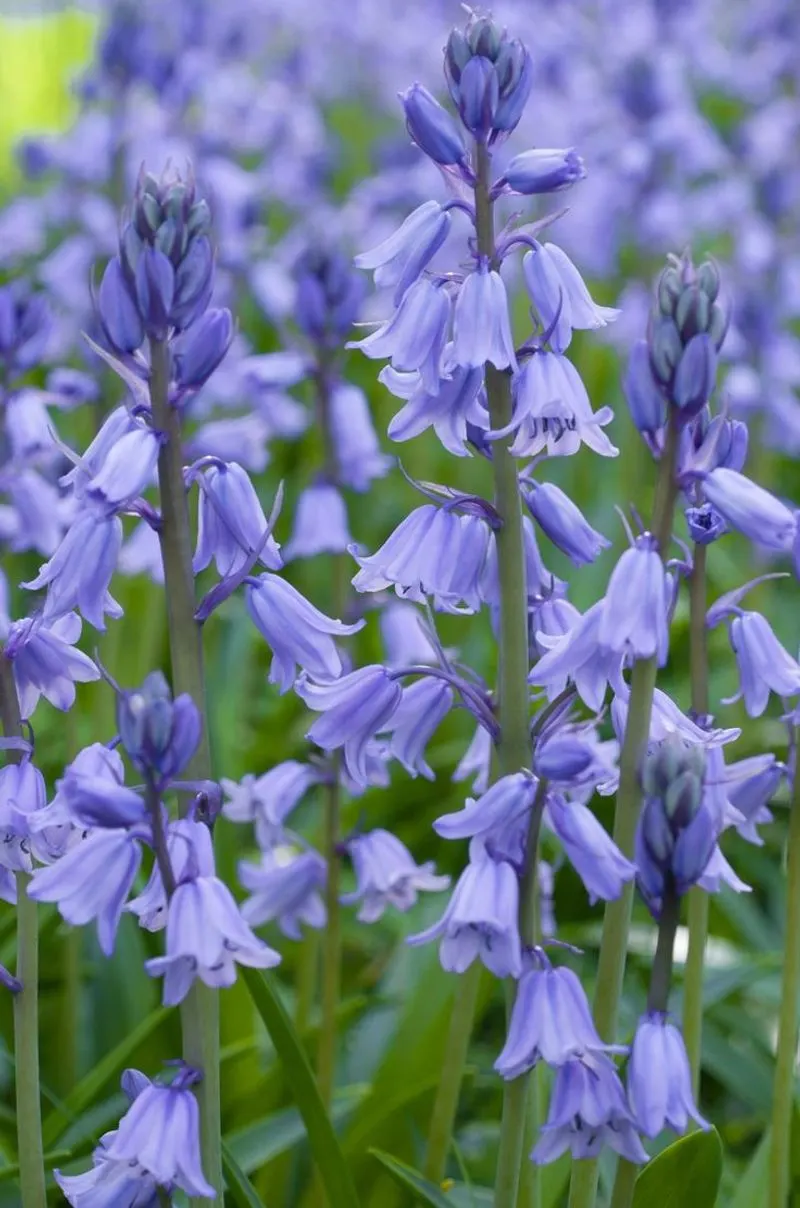
Spanish bluebells may seem enchanting, but they can become a gardener’s nightmare. These persistent bulbs spread vigorously, overtaking beds and borders. For a non-invasive alternative, try Virginia bluebells, which offer larger, more showy blooms.
Virginia bluebells are well-behaved garden guests that die back after flowering, allowing room for other plants to shine during the growing season.
Italian Arum
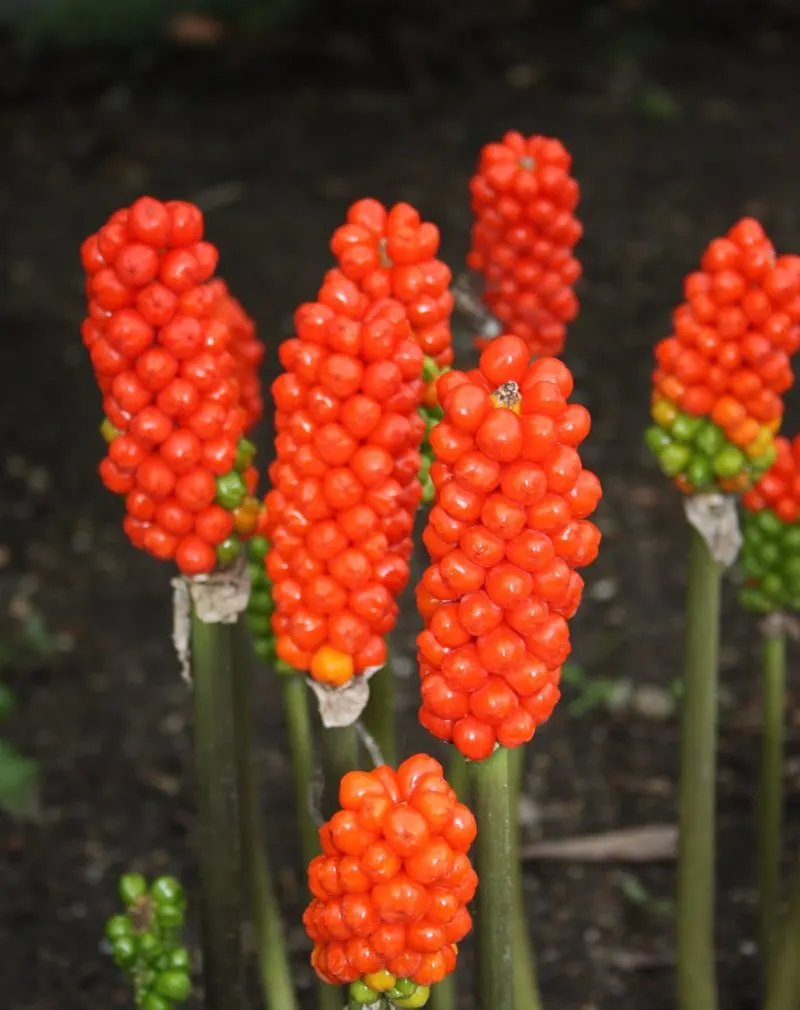
Italian arum attracts with its unique foliage and vibrant berries, yet it poses a serious risk to native ecosystems.
Once established, it’s notoriously difficult to eradicate. Instead, choose trillium, a less aggressive native with equally striking foliage and flowers. Trillium provides seasonal interest and is a vital part of woodland ecosystem health, supporting local flora and fauna.
Allium Triquetrum
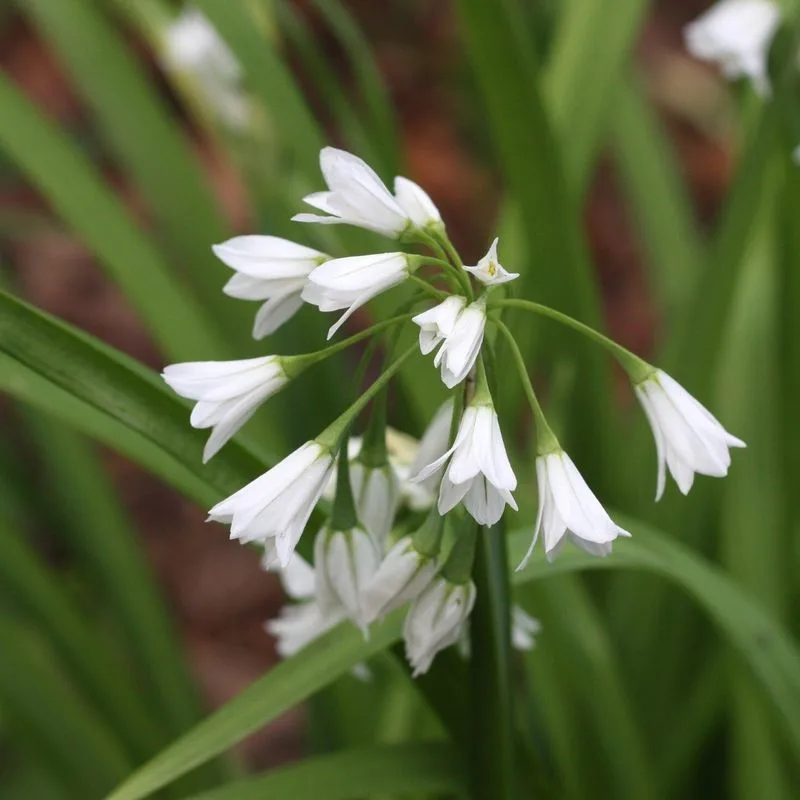
Often introduced for its ornamental value, Allium triquetrum quickly escapes cultivation. Its rapid growth and spread can overwhelm neighboring plants.
Instead, embrace the native nodding onion, which provides attractive blooms without the invasive tendencies. Nodding onion not only enhances garden aesthetics but also attracts beneficial insects, supporting a thriving and balanced garden environment.
Bluebell Creeper
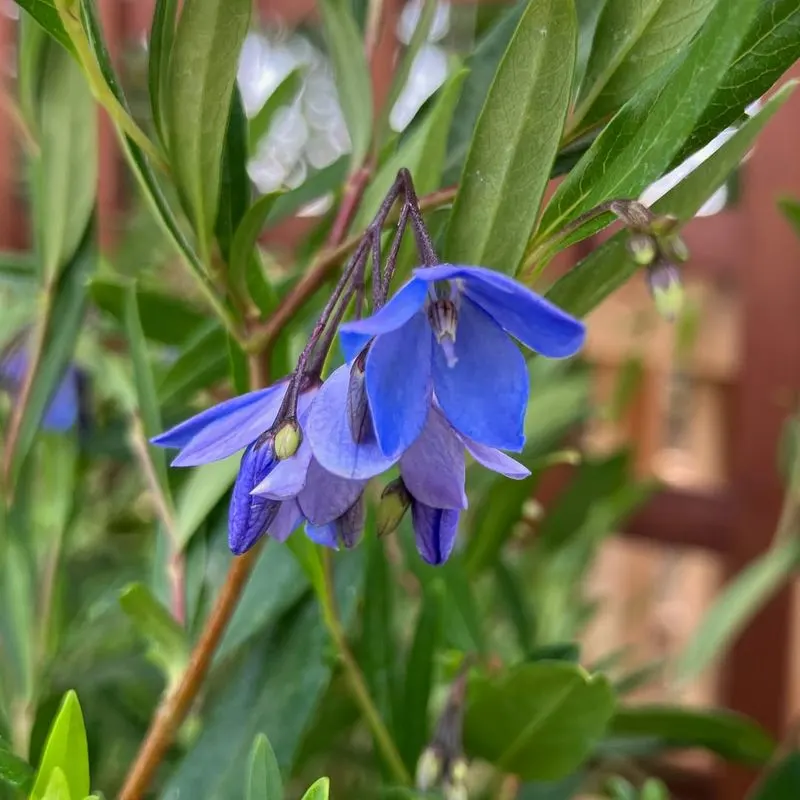
Despite its pretty name, bluebell creeper is a menace in disguise. This climber can suffocate other plants in its path, quickly taking over garden spaces.
Opt for clematis as a more manageable and beautiful substitute. Clematis offers stunning flowers in a range of colors, bringing visual interest without the aggressive spread. It’s a climber that coexists peacefully with other garden inhabitants.
Montbretia
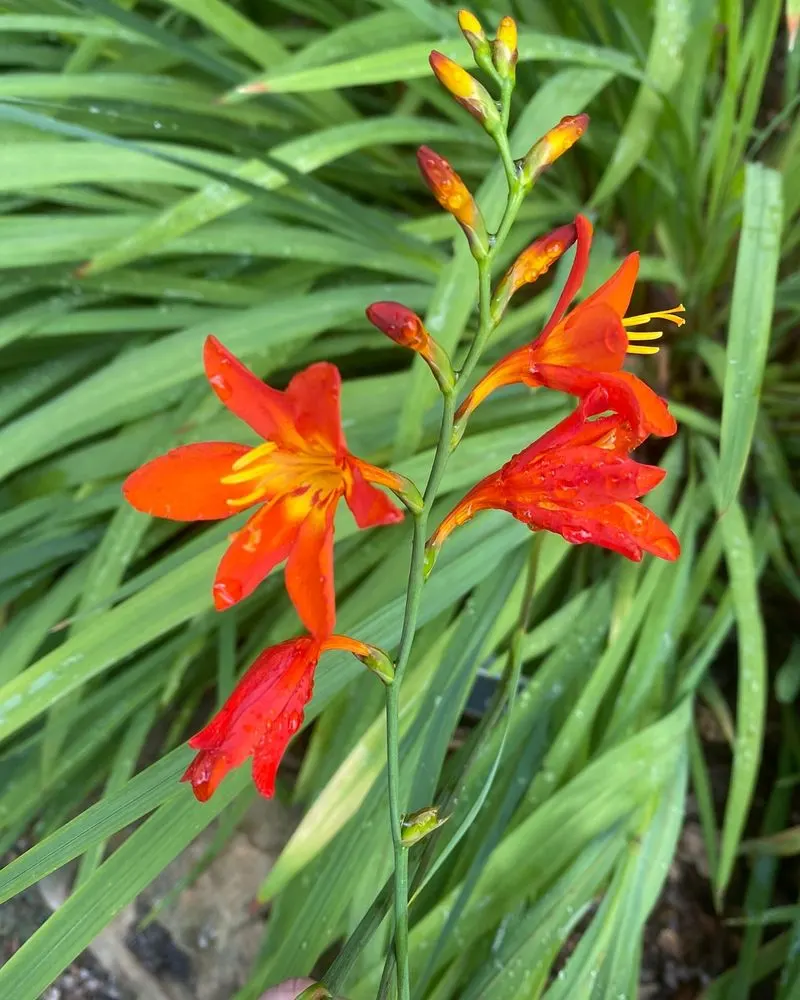
Montbretia’s fiery blooms are tempting, yet its rapid spread makes it a garden bully. It tends to form dense clumps that crowd out other plants. Instead, try daylilies for similar vibrant colors that won’t dominate your landscape.
Daylilies are versatile and hardy, providing a splash of color with minimal maintenance. They integrate well with other perennials, keeping your garden balanced and beautiful.
Winter Aconite
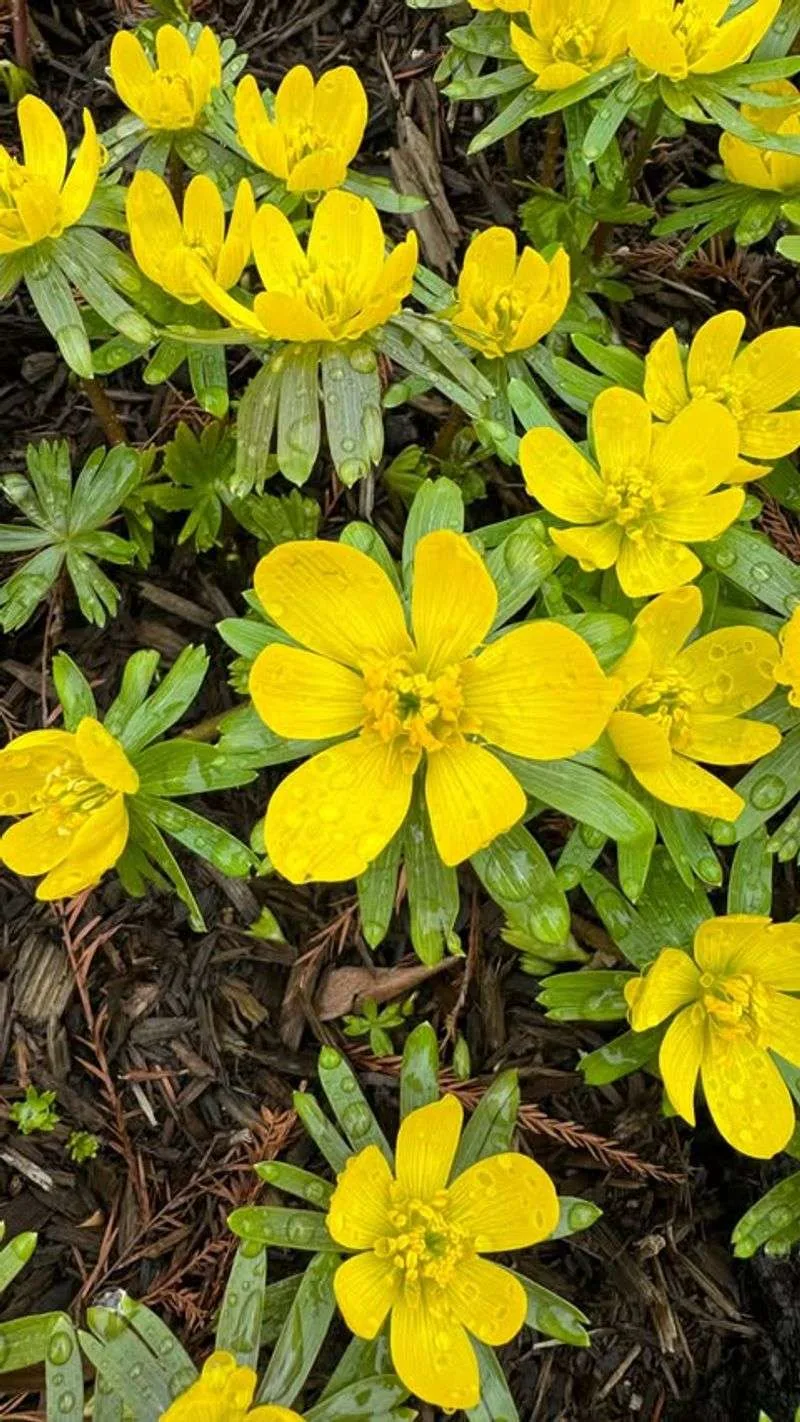
Winter aconite often carpets woodlands with its sunny yellow flowers. Yet, this early bloomer can outcompete native species.
Swap it for native wild ginger, which offers subtle blooms and heart-shaped leaves. Wild ginger serves as excellent ground cover, supporting native wildlife while maintaining ecological balance. Its presence enriches the garden floor without overwhelming it, allowing a harmonious coexistence of plant species.

